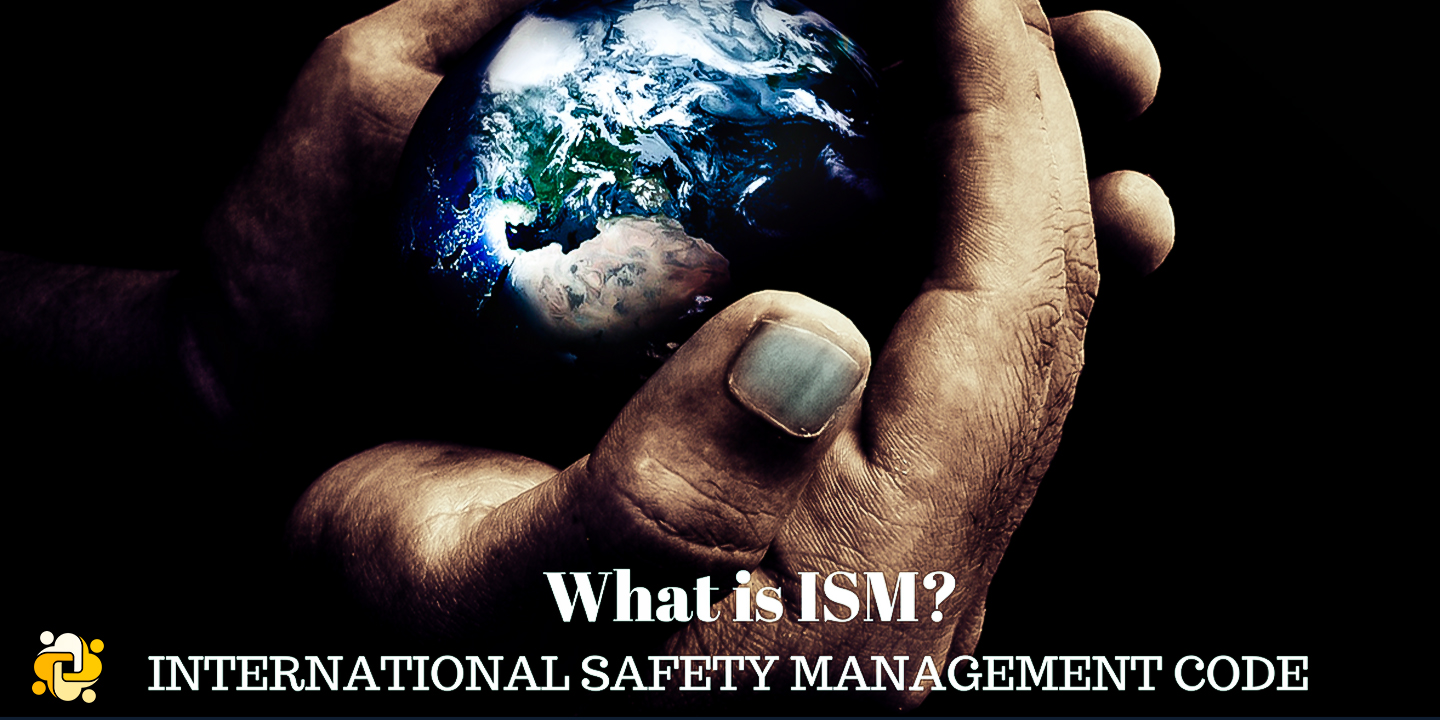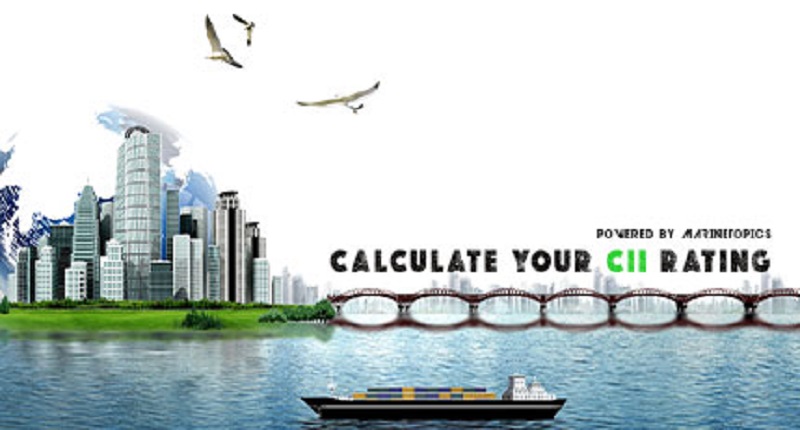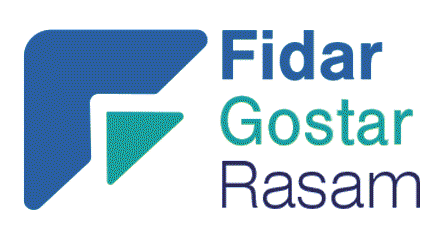
Guidelines for implementation of the ISM code by companies
Introduction
The International Management Code for the Safe Operation of Ships and for Pollution Prevention (International Safety Management (ISM) Code) was adopted by the Organization by resolution A.741(18) and became mandatory by virtue of the entry into force on 1 July 1998 of SOLAS chapter IX on Management for the Safe Operation of Ships.
The purpose of this Code is to provide an international standard for the safe management and operation of ships and for pollution prevention.
In this regards, the following definitions to be taken into consideration:
- Company means the Owner of the ship or any other organization or person such as the Manager, or the bareboat Charterer, who has assumed the responsibility for operation of the ship from the Ship owner and who on assuming such responsibility has agreed to take over all the duties and responsibility imposed by the Code.
- Administration means the Government of the State whose flag the ship is entitled to fly.
- Safety Management System means a structured and documented system enabling Company personnel to implement effectively the Company safety and environmental protection policy.
- Document of Compliance means a document issued to a Company which complies with the requirements of this Code.
- Safety Management Certificate means a document issued to a ship which signifies that the Company and its shipboard management operate in accordance with the approved safety management system.
- Objective evidence means quantitative or qualitative information, records or statements of fact pertaining to safety or to the existence and implementation of a safety management system element, which is based on observation, measurement or test and which can be verified. for example, be a test log, test report, review report, or non-conformance report.
- Observation means a statement of fact made during a safety management audit and substantiated by objective evidence.
- Non-conformity means an observed situation where objective evidence indicates the non-fulfillment of a specified requirement.
- Major non-conformity* means identifiable deviation that poses a serious threat to the safety of personnel or the ship or a serious risk to the environment that requires immediate corrective action or includes the lack of effective and systematic implementation of a requirement of this Code.
* Refer to the Procedures concerning observed ISM Code major non-conformities (MSC/Circ.1059-MEPC/Circ.401)
- Anniversary date means the day and month of each year that corresponds to the date of expiry of the relevant document or certificate.
- Convention means the International Convention for the Safety of Life at Sea, 1974 as amended.
Objectives
The objectives of the Code are
- to ensure safety at sea,
- prevention of human injury or loss of life, and
- avoidance of damage to the environment, in particular, to the marine environment, and to property.
Safety management objectives of the Company should, inter alia:
- provide for safe practices in ship operation and a safe working environment;
- assess all identified risks to its ships, personnel and the environment and establish appropriate safeguards; and
- continuously improve safety management skills of personnel ashore and aboard ships, including preparing for emergencies related both to safety and environmental protection.
The safety and management system should ensure:
- compliance with mandatory rules and regulations; and
- that applicable codes, guidelines and standards recommended by the Organization, Administrations, classification societies and maritime industry organizations are taken into account*.
* The Maritime Safety Committee, at its eighty-seventh session (12 to 21 May 2010), acknowledging a that list of codes, recommendations, guidelines and other safety- and security-related non-mandatory instruments could serve the following purposes:
- enhanced awareness of available non-mandatory instruments and of their updates;
- promotion of implementation of non-mandatory instruments by Member States;
- provision of background material on domestic legislation; and
- assistance in the identification of potential areas for technical co-operation, approved the list of codes, recommendations, guidelines and other safety- and security-related non-mandatory instruments, as set out in the annex.
For more information, please see the MSC Circulars / MSC.1/Circ.1371, list of codes, recommendations, guidelines and other safety- and security-related non-mandatory instruments.
Functional requirements for a Safety Management System (SMS)
Every Company should develop, implement and maintain a Safety Management System (SMS) which includes the following functional requirements:
- a safety and environmental protection policy; (A Company Policy is a set of guidelines for employers and employees to follow the defined procedures. It is a set of rules established for the business.)
- instructions and procedures to ensure safe operation of ships and protection of the environment in compliance with relevant international and flag State legislation;
- defined levels of authority and lines of communication between, and amongst, shore and shipboard personnel;
- procedures for reporting accidents and non-conformities with the provisions of this Code;
- procedures to prepare for and respond to emergency situations; and
- procedures for internal audits and management reviews.
This Article establish the basic principles for:
- reviewing the safety management system by a Company;
- the role of the Designated Person under the ISM Code;
- reporting and analyzing of non-conformities, accidents and hazardous occurrences (including near-misses);
- performing internal audits and management reviews,
and do not reduce or replace the Company's responsibilities outlined in the ISM Code.
Given the self-regulatory principles of the ISM Code, the internal verification and review processes are key elements in the implementation of each SMS. The Company should consider the outcome of internal audits, internal SMS reviews and analysis of non-conformities, accidents and hazardous occurrences to enhance the effectiveness of operations and procedures within their SMS.
To comply with the Code, the Company should:
- designate a person or persons with direct access to the highest level of management who should monitor the safe operation of each ship;
- ensure that adequate resources and shore-based support are provided to enable the designated person or persons to carry out their functions;
- define and document the master's responsibility with regard to reviewing the safety management system and reporting its deficiencies to the shore-based management;
- establish procedures for reporting and analysis of non-conformities, accidents and hazardous occurrences;
- periodically evaluate the effectiveness of, and when needed, review of the safety management system; and
- perform internal audits to verify whether safety management activities comply with the requirements of the safety management system.
DESIGNATED PERSON
A key role, as identified by the ISM Code, in the effective implementation of a safety management system is that of the Designated Person. This is the person based ashore whose influence and responsibilities should significantly affect the development and implementation of a safety culture within the Company. (Refer to the Guidance on the qualifications, training and experience necessary for undertaking the role of the designated person under the provisions of the International Safety Management (ISM) Code (MSC-MEPC.7/Circ.6))
The designated person should verify and monitor all safety and pollution prevention activities in the operation of each ship. This monitoring should include, at least, the following internal processes:
- communication and implementation of the safety and environmental protection policy;
- evaluation and review of the effectiveness of the safety management system;
- reporting and analysis of non-conformities, accidents and hazardous occurrences;
- organizing and monitoring of internal audits including verification of independence and training of internal auditors;
- appropriate revisions to the SMS; and
- ensuring that adequate resources and shore-based support are provided by the Company.
To enable the designated person to carry out this role effectively, the Company should provide adequate resources and shore-based support. These include:
- personnel resources;
- material resources;
- any training required;
- clearly defined and documented responsibility and authority; and
- authority for reporting non-conformities and observations to the highest level of management.
QUALIFICATIONS
Designated Person should have a minimum of formal education as follows:
- qualifications from a tertiary institution recognized by the Administration or by the recognized organization, within a relevant field of management, engineering or physical science, or
- qualifications and seagoing experience as a certified ship officer pursuant to the International Convention on Standards of Training, Certification and Watch keeping for Seafarers (STCW), 1978, as amended, or
- other formal education combined with not less than three years’ practical senior level experience in ship management operations.
TRAINING
Designated Person should have undergone training relating to safety management
elements in compliance with the requirements of the ISM Code, particularly with regard to:
- knowledge and understanding of the ISM Code;
- mandatory rules and regulations;
- applicable codes, guidelines and standards as appropriate;
- assessment techniques of examining, questioning, evaluating and reporting;
- technical or operational aspects of safety management;
- appropriate knowledge of shipping and shipboard operations;
- participation in at least one marine-related management system audit; and
- effective communications with shipboard staff and senior management.
EXPERIENCE
Designated Person should have experience to:
- present ISM matters to the highest level of management and gain sustained support for safety management system improvements;
- determine whether the safety management system elements meet the requirements of the ISM Code;
- determine the effectiveness of the safety management system within the Company and the ship by using established principles of internal audit and management review to ensure compliance with rules and regulations;
- assess the effectiveness of the safety management system in ensuring compliance with other rules and regulations which are not covered by statutory and classification surveys and enabling verification of compliance with these rules and regulations;
- assess whether the safe practices recommended by the Organization, Administrations, classification societies, other international bodies and maritime industry organizations to promote a safety culture had been taken into account; and
- gather and analyses data from hazardous occurrences, hazardous situations near misses, incidents and accidents and apply the lessons learnt to improve the safety management system within the Company and its ships.
The Company should provide training courses covering qualification, training and experience and the appropriate procedures connected to compliance with the ISM Code including practical training and continuous updating. The Company should also provide documentary evidence that the Designated Person has the relevant qualification, training and experience to undertake the duties under the provisions of the ISM Code.
REVIEW OF THE SAFETY MANAGEMENT SYSTEM
The Company should periodically review and evaluate the effectiveness of the SMS in accordance with procedures established by the Company. Further, it is one of the master's responsibilities to review periodically the safety management system and to report its deficiencies to the shore-based management.
Management reviews support Companies efforts in achieving the general safety management objectives as defined in section 1.2.2 of the ISM Code. Based upon the results of such reviews, the Company should implement measures to improve further the effectiveness of the system. The review should be performed on a periodical basis as defined by the Company or when needed, e.g. in case of serious system failures. Any deficiencies found during the management review should be provided with appropriate corrective action taking into account the Company's objectives. The results of such reviews should be brought to the attention of all personnel involved in a formal way. The management review should at least take into account the results of the internal audits, any non-conformities reported by the personnel, the master's reviews, analysis of non-conformities, accidents and hazardous occurrences and any other evidence of possible failure of the SMS, like non-conformities by external parties, PSC inspection reports, etc.
REPORTING AND ANALYSING OF NON-CONFORMITIES, OBSERVATIONS, ACCIDENTS AND HAZARDOUS OCCURRENCES
The SMS should contain procedures to ensure that non-conformities, observations and hazardous occurrences are reported to the responsible person of the management. The Company should have a system in place for recording, investigating, evaluating, reviewing and analyzing such reports, and to take action as appropriate.
The system should ensure such reports are reviewed and evaluated by the responsible person(s) in order to determine appropriate corrective action and to ensure that recurrences are avoided. The evaluation of reports may result in:
- appropriate corrective actions;
- amendments to existing procedures and instructions; and
- development of new procedures and instructions.
The responsible person should properly monitor the follow-up and closing-out of the non-conformities/deficiency reports. The receipt of reports should be acknowledged to those persons who have raised the reports. This should include the status of the report and any decisions made.
The Company should encourage the reporting of near-misses to maintain and improve safety awareness. The reporting and analysis of such incidents are essential for an effective risk assessment by the Company, especially where accident information is not available.
INTERNAL AUDITS
Companies should carry out internal shore-based and shipboard audits at intervals not exceeding 12 months to verify whether shore-based and shipboard activities comply with the SMS. In exceptional circumstances as documented by the Company, this period may be exceeded by not more than three months. These internal verifications should be prepared and conducted in accordance with procedures established by the Company. The procedures should at least consider the following elements:
- responsibilities;
- competence and selection of auditors;
- audit scheduling;
- preparing and planning the audit;
- executing the audit;
- audit report; and
- corrective action follow-up.
The ISM Code requires the Company to ensure that all personnel involved in the Company's SMS have an adequate understanding of relevant rules, regulations, codes, guidelines. The Company should ensure that all personnel have the qualifications, training and experience that may be required in support of the SMS. All persons performing internal audits should have successfully completed a relevant auditor training course.
The Company which has taken over all the duties and responsibilities imposed by the Code should provide adequate resources (e.g. technical, financial and human resources) to ensure that the safety management objectives will be achieved. ISM-related tasks being carried out by the Company's branch offices or by external entities should be outlined in the SMS. The Company should verify that all those undertaking ISM-related tasks perform in accordance with established procedures.





